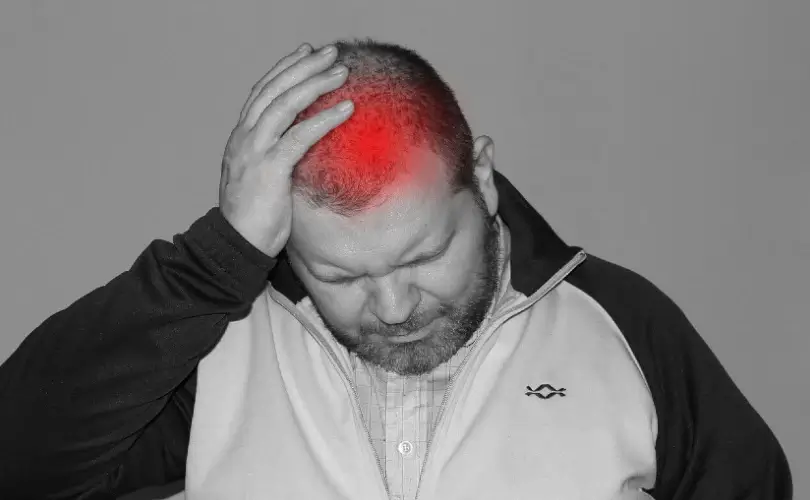There is little information to support medicinal cannabis as a therapy for chronic pain, although it may be alluring. Many available items are unlabeled and unregulated, and the FDA has not yet approved any medicinal cannabis products. According to a registered oncology nurse and the head of a Cancer Pain Program, “insufficient data” supports the use of medicinal cannabis as a treatment for chronic pain.
THC
A growing corpus of scientific research supports that cannabis’ THC helps reduce pain. For those with persistent discomfort, it can be a secure substitute for opioids, according to most randomized controlled trials. However, many medical professionals are cautious about suggesting it. The International Association of Surgeons in Pain (IASP), a significant organization of pain specialists, favors using cannabis as a pain reliever.
By inhibiting both inflammatory and nociceptive processes, cannabis can eliminate pain. Some people can consume CBD on its own or topically. Additionally, cannabis-based oils and lotions are readily available. Transdermal patches are another option that some individuals utilize; they work better than lotions. Edibles are a different well-liked approach that entails ingesting cannabis into food. However, it can be challenging to predict how edibles will act. Finally, administering medication sublingually is another technique.
Topical
A growing corpus of research is showing that cannabis helps reduce pain. Despite the scant evidence, it can be a substitute for pharmaceutical painkillers. Cannabinoids, in particular, have been demonstrated to lessen pain in cancer patients. Numerous types of pain can be brought on by cancer, including nerve damage, inflammation, and invasion of delicate tissue. Moreover, the pain is a good candidate for cannabis treatment because it is frequently persistent and resistant to opiate medicines.
There are numerous marijuana strains available, and they all have various effects. The highest THC concentrations are typically the most effective for inflammation and discomfort. These high concentrations, however, also result in increased psychotropic effects. For this reason, patients may opt to use a high-THC/low-CBD blend during the day and a lower-THC/low-CBD blend at night. Bubba Kush, for instance, has 0.1 percent CBD but 22 percent THC. This strain is excellent for easing stress and spasms of the muscles.
CBD
Whether cannabis can lessen pain is one of many people’s most important questions when considering it. Numerous research has been done to determine whether cannabis reduces physical discomfort. Other studies have discovered that cannabis can lessen pain, while some have found no appreciable difference. It is crucial to remember that different people experience various kinds of pain. Before taking any medicines, talk to your doctor if you want to try cannabis for pain treatment.
Eating hemp oil, putting it on your skin, or inhaling it are just a few ways to use CBD for pain treatment. Each approach has benefits and drawbacks. For instance, oral CBD medicines take longer to start working because they pass through the digestive system. In addition, the dose is challenging to manage.
Inhalation
Cannabis can reduce pain when inhaled but has potential adverse effects. While some of these are unpleasant, others are entirely unharmful. Sedation is the most typical negative effect of cannabis therapy. On a scale of one to three, most of cannabis therapy’s side effects are minor and self-limiting, rating less than 1. Additionally, there was no discernible difference in adverse effects between the placebo and cannabis groups, according to the study. Only two participants experienced progressive liver failure, and one experienced an acute pain crisis while consuming cannabis.
Few research has examined the effects of cannabis usage on hunger in cancer patients, despite the potential advantages of inhaled cannabis. Numerous cancer patients have chronic pain that is frequently opioid-resistant. Oral delta-9-THC has been studied for its effects on cancer pain. However, most research has only examined pain severity or reduction, while a few have also noted hunger stimulation.
